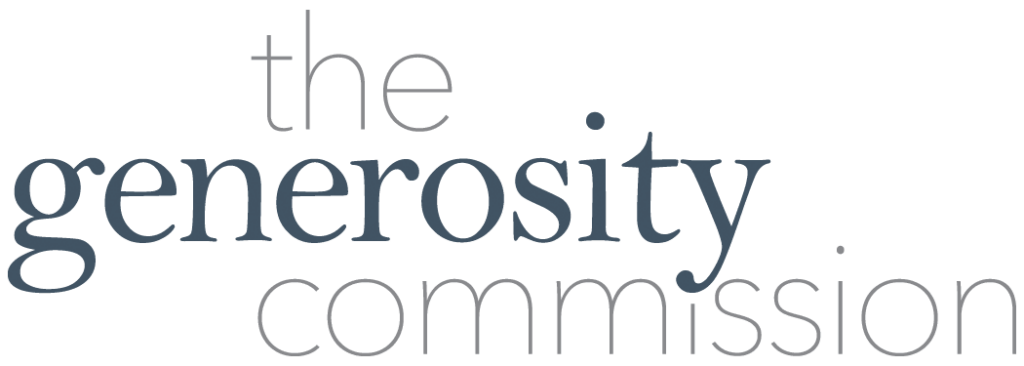Our Work
Every day, millions of people across the U.S. give their time and money to the things that matter most to them. These everyday givers and volunteers participate because they want to make a difference.
Generosity is part of who we are, but the shape it takes continues to change. Although many people still give to and volunteer with nonprofits when they can, those numbers have been declining for decades. When fewer people give to and volunteer with nonprofits, we miss out on the strength of diverse perspectives, spaces for social connection, and the practice of civic engagement.
In response to these changes, leaders from across the charitable sector came together to create The Generosity Commission.
The purpose of The Generosity Commission is to increase civic participation among everyday Americans in a way that best reflects their individual passions, values, and circumstances. We strive to foster a culture of individual and collective generosity in the face of the social and economic challenges our society faces today.
The work of the Commission comprised the following:
Understand
Through commissioned research, we gained a better understanding of national trends in giving and volunteering and their impacts on community organizations and the country.
Engage
Through focus groups with everyday givers and volunteers and listening sessions with scholars and practitioners, we heard first-hand how Americans describe generosity as they experience it: the barriers they face, the actions they take, and the role they can play in its future.
Support
Through data-driven recommendations for policymakers, business leaders, foundation officers, and nonprofit innovators, The Generosity Commission shared ways leaders across sectors can protect and promote everyday giving and volunteering.
“[Generosity is] the act of giving. And it doesn’t have to be money. It could be giving of yourself, your time, or your money if you have it. But it’s the act of giving without the expectation of something in return.”
— Sean, Focus Group Participant, California

